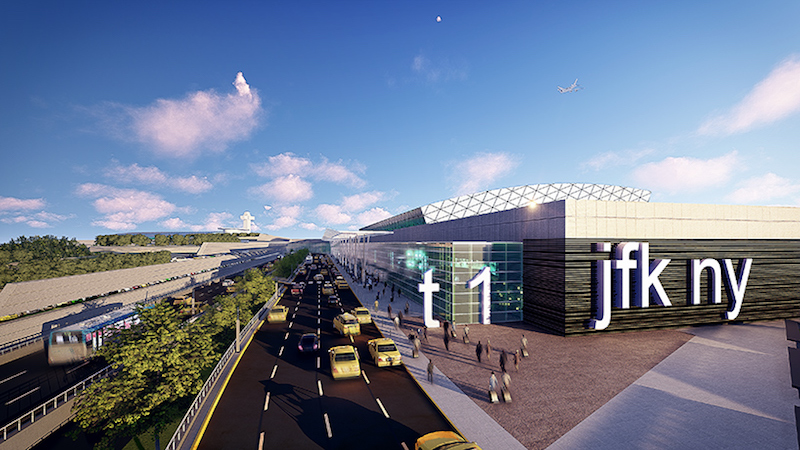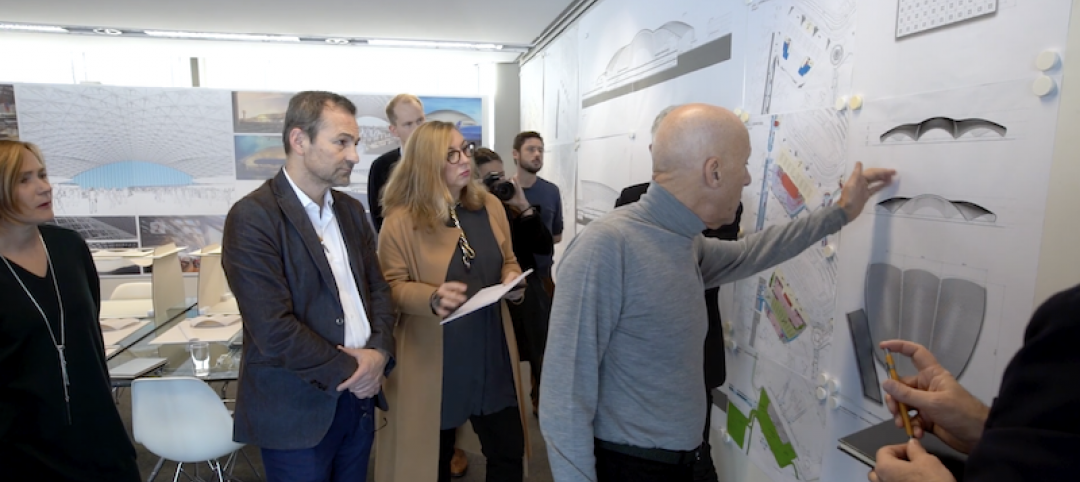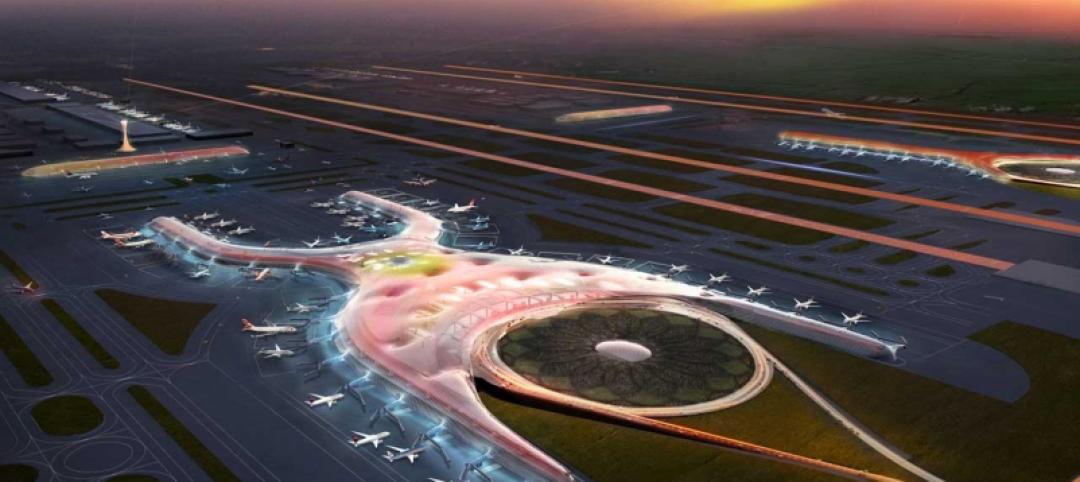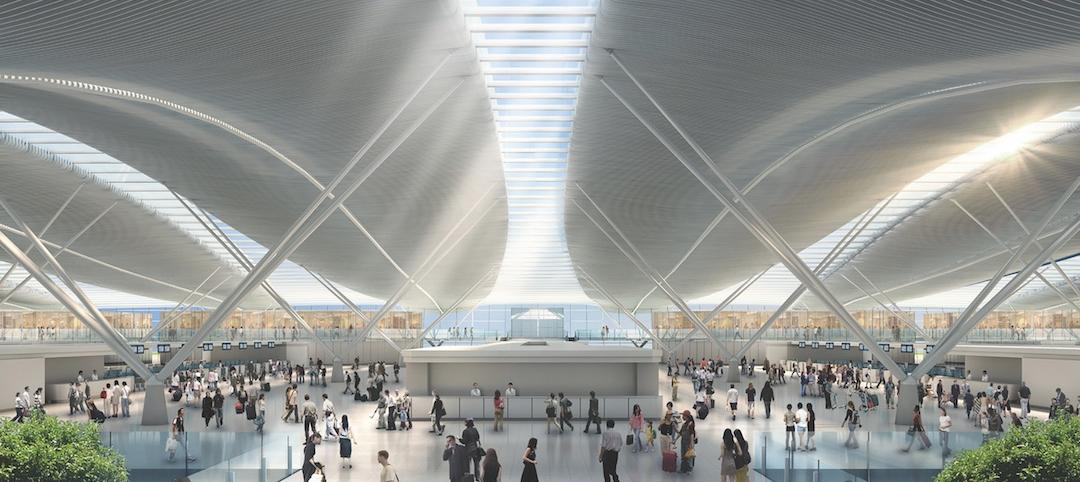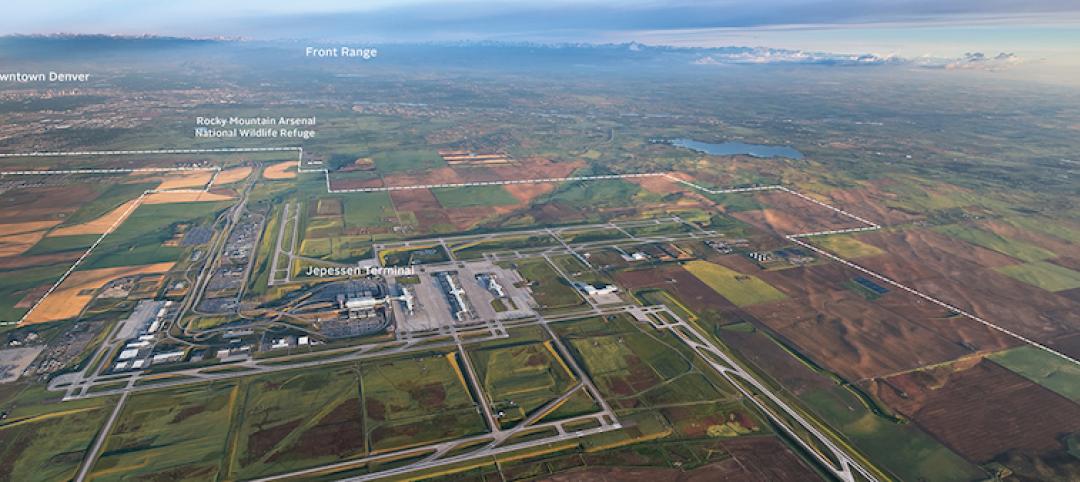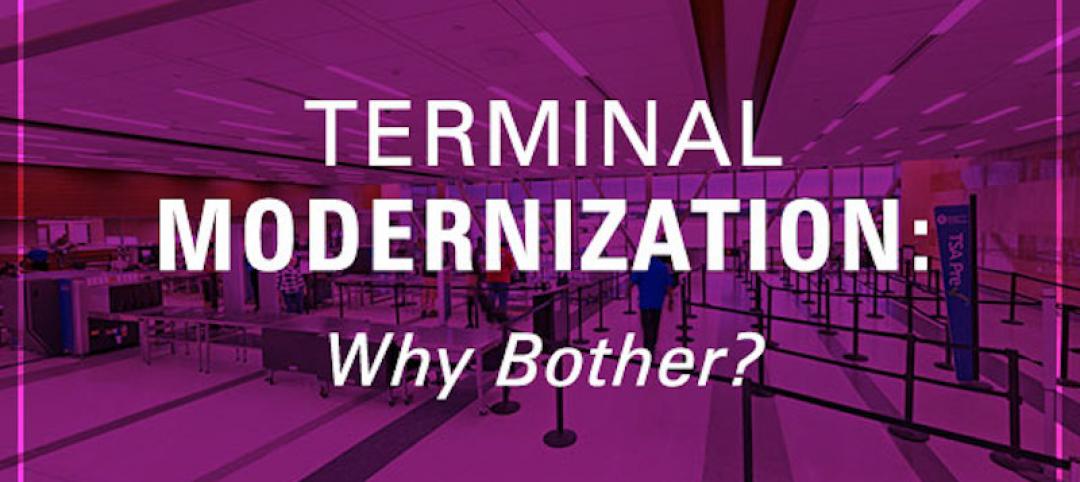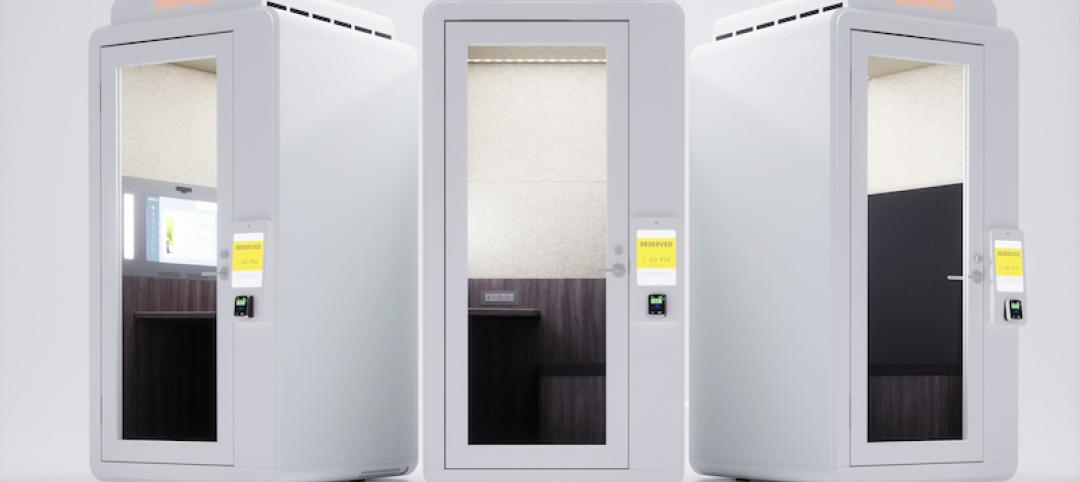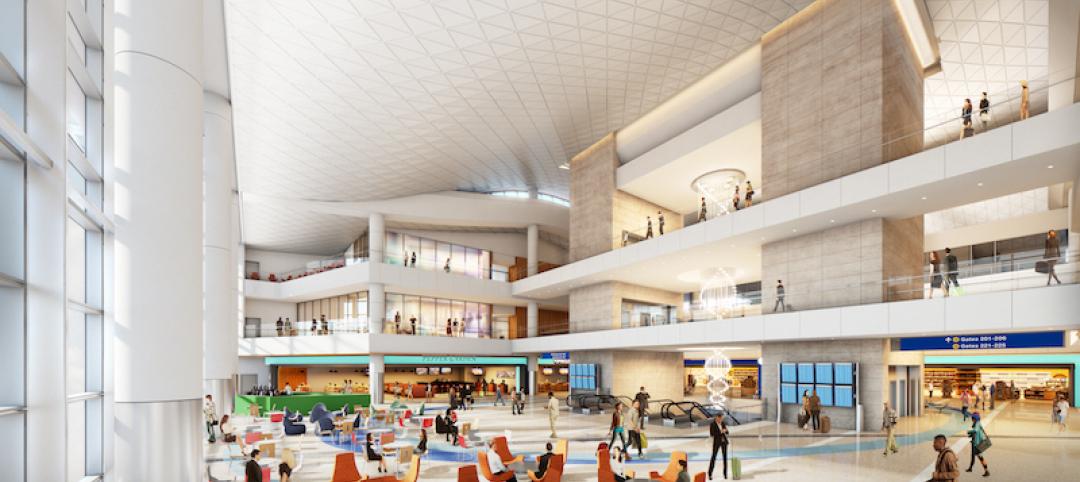Plans to improve JFK International Airport and the surrounding roads and rail system were recently announced by Gov. Cuomo. And these plans don’t just call for fixing some drywall or filling a pothole here and there, either, they seek to completely transform and update the international transportation hub.
This transformation is projected to cost about $10 billion. $7 billion of that total will be coming from airlines that operate there, such as Delta and American, while $1 billion will be provided by the Port Authority of New York and New Jersey. $1.5 billion to $2 billion of state funding will also be provided exclusively for work on the surrounding roads, which will begin immediately, according to CNN Money.
The airport will see some of its newer terminals expanded while older terminals are redeveloped and relocated. According to designboom.com, on-airport roadways will be redesigned into a ring road configuration for better vehicular access and parking lots will become more centralized and larger, offering both short-term and long-term parking options.
Beyond just expanding the terminals and making the airport as a whole more navigable, a focus on improving the airport’s amenities is also a key component of the overall plan. Fine dining options, duty-free shops, and conference and meeting room facilities will be added. Safety features will also be improved with the addition of facial recognition technology and video tracking software.
JFK Airport served 60 million passengers in 2016 and that number is only set to grow. With its current setup, JFK will reach its passenger capacity by the mid 2020’s. By 2050, the airport is expected to serve 100 million passengers a year, but there has not yet been a timeframe announced for the expansion and renovation project nor has it been determined what the new passenger capacity of the renovated airport will be.
 Image courtesy of Office of the Governor of New York.
Image courtesy of Office of the Governor of New York.
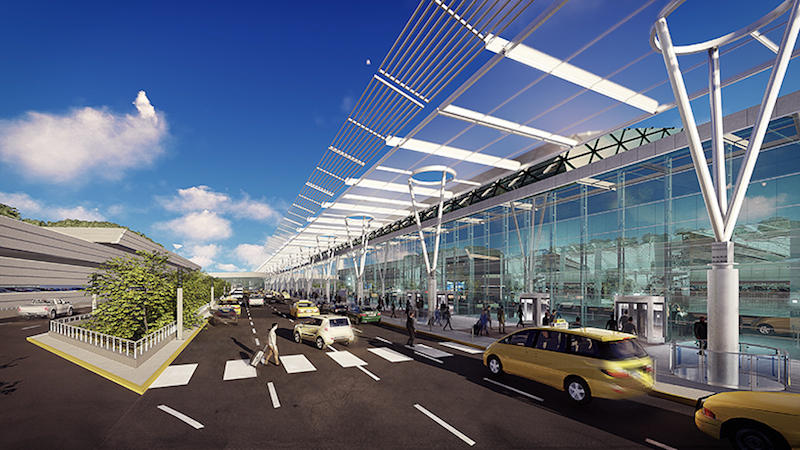 Image courtesy of Office of the Governor of New York.
Image courtesy of Office of the Governor of New York.
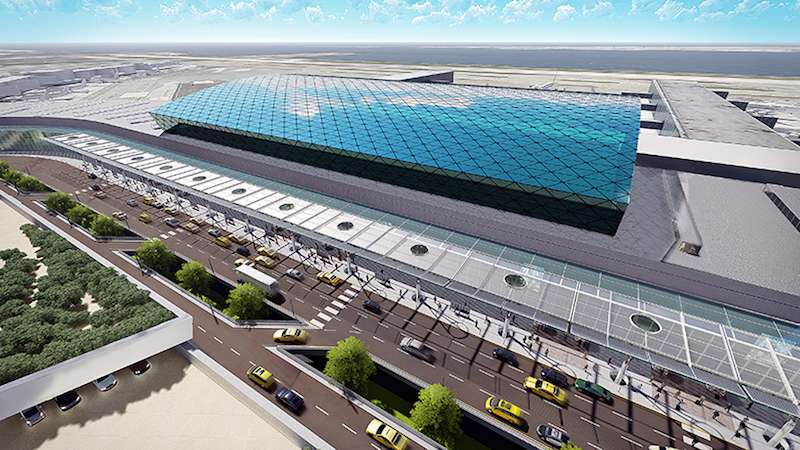 Image courtesy of Office of the Governor of New York.
Image courtesy of Office of the Governor of New York.
Related Stories
Airports | Feb 10, 2019
Chicago searches for the right design to expand O’Hare Airport and make passenger connections less stressful
Competition finalists took different approaches to rethinking the logistics of a gigantic, hectic space.
Airports | Oct 31, 2018
Foster + Partners’ Mexico City Airport has been cancelled
The project was set to cost $13.3 billion.
Airports | Aug 3, 2018
Airport trends 2018: Full flights with no end in sight
As service demand surges, airports turn to technology, faster building techniques.
Airports | May 31, 2018
Denver's airport city
Cultivation of airport cities is an emerging development strategy shaped by urban planners, civic leaders, airport executives, and academics.
| May 24, 2018
Accelerate Live! talk: Security and the built environment: Insights from an embassy designer
In this 15-minute talk at BD+C’s Accelerate Live! conference (May 10, 2018, Chicago), embassy designer Tom Jacobs explores ways that provide the needed protection while keeping intact the representational and inspirational qualities of a design.
Retail Centers | Apr 19, 2018
Miami International Airport is home to the first Johnnie Walker store in the U.S.
The store will be a permanent fixture in the airport’s North Terminal.
Airports | Feb 21, 2018
Terminal Modernization: Why Bother? Part II
This is the second post in our series examining why airport operators should bother to upgrade their facilities, even if capacity isn’t forcing the issue.
Airports | Feb 7, 2018
LaGuardia Airport receives eight private work booths in Terminal B
The hub sees over 15 million travelers annually.
Libraries | Jan 29, 2018
Commercial plane that skidded off the runway may become Turkey’s newest public library
The plane was removed from its cliffside perch five days after the incident.
Giants 400 | Oct 5, 2017
On wings of gold: Alternative financing schemes are propelling the high-flyin’ air terminals sector
The $4 billion renovation of New York City’s LaGuardia Airport is the first major U.S. aviation project delivered using a public-private partnership (P3) model.


